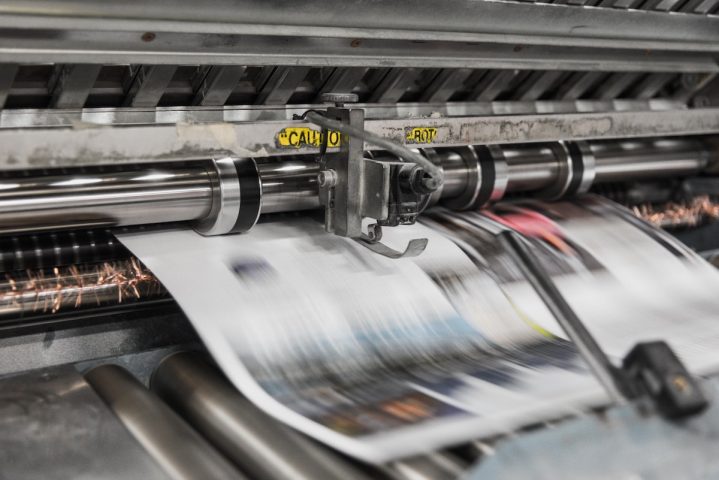In the International Print Day, These Are 2021 Trends

European Tree of the Year – The giants of the forest’s stories
October 20, 2020
4 Easy DIY Halloween Decorations
October 26, 2020
October 21 is International Print Day. To celebrate, we take a look at the dynamics at work in the industry, how it has been affected by the coronavirus pandemic, and the trends set to shake up the global printing sector in 2021.
1# Challenging global economic conditions: even before coronavirus.
A survey conducted for the seventh Global Trends report before the pandemic struck showed that the global print industry was facing more challenging global economic conditions. At the start of 2020, confidence in North America remained strong but had slipped in Europe and all other regions.
2# Post-coronavirus the market is struggling
The Printing Global Market Report 2020 – 2030: COVID-19 Impact & Recovery predicts a decline in the global printing market of -6.5% CAGR in 2020 as a result of the global economic slowdown resulting from the pandemic. However, the market is expected to recover next year, with the report predicting growth of 3% for the sector through 2021 to reach a value of $317 billion USD in 2023.
3# On-shoring and right-shoring as the pandemic disrupts supply chain
At the start of 2020, when we talked about supply chain disruption, more often than not we were thinking about increasing digitalization of those supply chains. As we move into 2021, the biggest source of supply chain disruption is the COVID-19 pandemic. Long supply chains stretching from China to Europe and North America are being rethought as companies build greater resilience by bringing manufacturing and packaging operations closer to home.
4# The packaging market continues to thrive
While the commercial printing sector is subdued, the packaging sector is thriving. Brands know that creatively designed outer packaging help to focus consumers’ attention to their products and are an increasingly important part of the brand proposition.
5# Creative marketers are returning to print
Increasingly, marketers are turning to premium, creative and custom designs for their print communications – for innovative and luxurious ways to cut through to their audiences. Innovations include the PowerCoat Alive paper range which incorporates near-field communication technology to include programmed weblinks in printed marketing materials.
6# Asia Pacific is expected to be the fastest-growing market
The fastest-growing market for production printing is expected to be the Asia Pacific region. India, Indonesia, and Vietnam are highlighted as particular hotspots for growth.
7# The need to innovate
The Global Trends report found that there is constant pressure on margins across the board, but that leading companies are countering this with continual innovation. Back at the start of 2020, investment plans remained strong as printers and suppliers recognized the need to remain competitive. Digital printing onto a new set of materials, including ceramics, wood, metal, and textiles is cited as a growing opportunity.
8# The transition to digital print continues
Digitalization efforts continue with the goal of perfecting personalization.
3D printing is the new frontier
Companies in many industries are now looking beyond the usefulness of 3D printing for creating prototypes and beginning to embed it into their core production, maintenance, and marketing activities.
9# Metal is set to overtake plastic as the 3D printing material of choice
Metal is continuing to take a growing share of the 3D printing market. The use of plastic as the 3D printing material is growing, but not as fast as the growth in the use of metals. Metals are expected to overtake plastics as the 3D printing material of choice in 2021.



